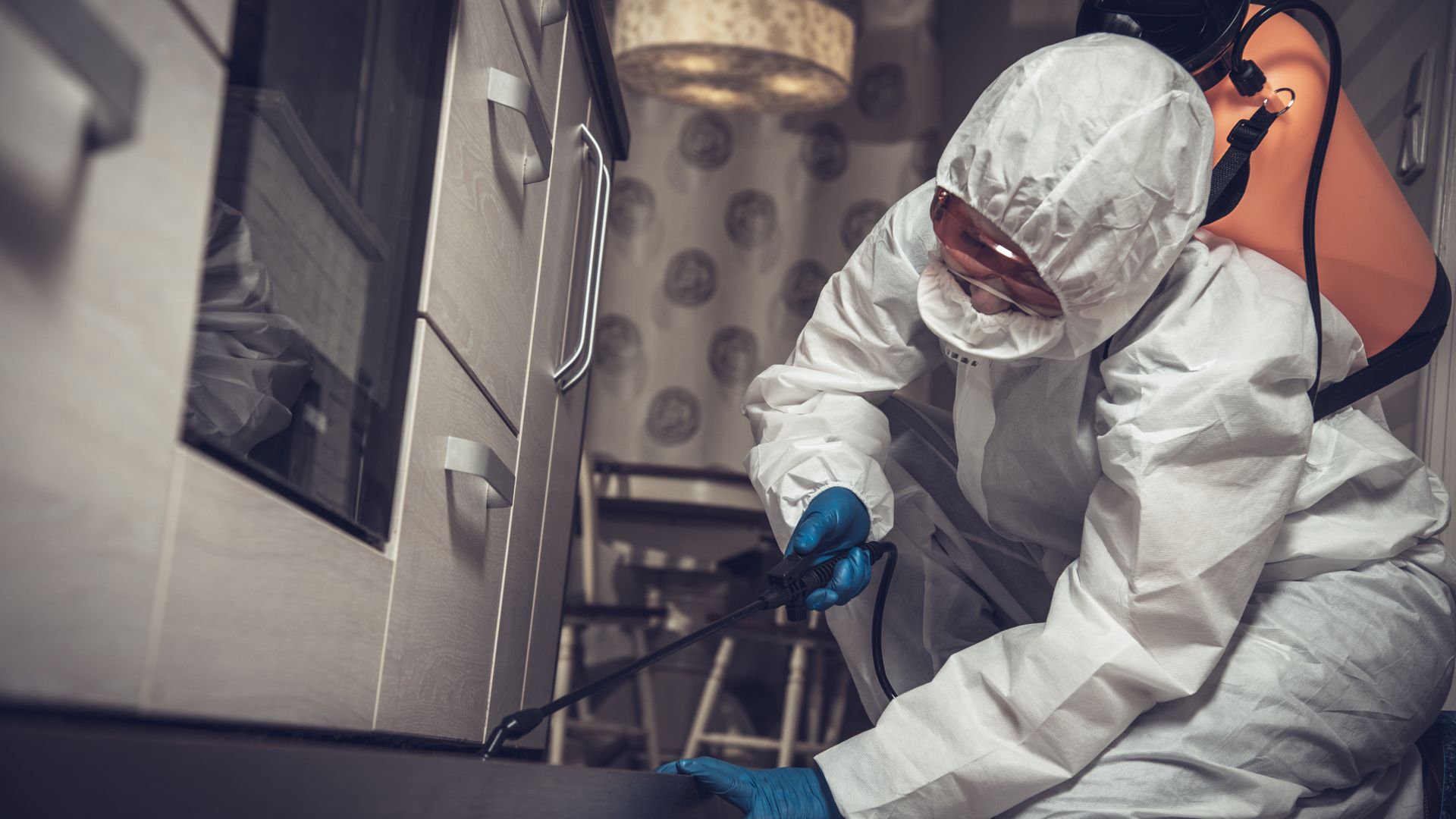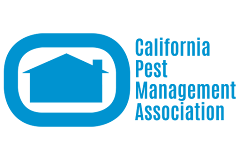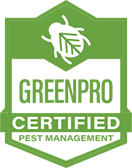
Termite Control Done Right For Roseville Properties
When you hire a contractor to repair something at your house, you want it done right. Why do we want things to be done right? Well, it's because we don't want to make additional repairs or spend money on an unnecessary mistake. The last thing you need is to sign off on a job only to realize several months later that the contractor took shortcuts. It is better to have a slow, methodical contractor than one who attacks aspects of the project randomly and tries to finish as quickly as possible by taking shortcuts.
A haphazard approach to termite control is not something you need. Termites are dangerous to your pocketbook and your house, and you need pest control in Roseville from a company that knows how to stop termites, Neighborly Pest Management. Founded in 1978, our family-owned and operated company is your best defense against unwanted pests like termites. A local company does not serve thousands of homes throughout the area for almost 45 years without doing things right the first time. Please keep reading to understand termites, the dangers of an infestation, and what you can do about it.
How Termite Infestations Start
.2404180909550.jpg)
Before we learn how a termite infestation begins, let's get acquainted with this insidious species so we can understand why they infest homes. Termites are insects with six jointed legs, two straight antennae, and a three-part body consisting of a head, thorax, and abdomen. In many ways, they look like ants, but without the thin waist and clubbed antennae. Some insects have wings (wasps, bees, etc.), others do not, and some species have wingless and winged groups. Termites and ants are insects with winged and wingless groups. Our termite infestation story begins with the winged group.
Flying termites around your property are reproductive termites; they are future queens and kings looking for a nesting location to start satellite colonies. Two groups of termites are in our area: subterranean termites and drywood termites. If a pair of flying subterranean termites survives the elements, manages to evade predators, and finds a suitable location, they land, discard their wings, and dig a hole in the dirt. In their little chamber, they breed, and the queen produces her first group of six to 10 eggs. The new couple nurtures the eggs and soon blind, sterile, wingless worker termites. Once the worker termites mature, they provide food for the queen, king, and offspring.
A future king and queen detect a nesting location by odor. Rotting or decaying wood produces a smell that winged termite swarmers in your Roseville property sense as they glide along air currents. When worker termites are born and mature, they travel from the nesting area in the soil to the nearby wood source and use their razor-sharp teeth to shave off and ingest wood. Upon returning to the nest, they regurgitate the wood to provide nutrition to the colony.
The growing colony begins to add new members. Over the first year, the queen will lay a few hundred eggs that produce mainly workers and another group known as soldiers. Like workers, soldier termites are wingless, sterile, and blind, but unlike workers, they have large, yellowish heads, armored heads equipped with powerful jaws that enable them to kill ants and other predators. After about two to four years, the queen and king produce winged, reproductive termites, known as alates or swarmers; this group begins an infestation at a new location.
The other group of termites, drywood termites, follow a similar reproductive pattern but do not nest in the soil or have a three-tier caste system. This termite group takes four or more years to produce reproductive, flying termites. Unlike subterranean termites that require a high level of moisture, drywood termites get the water they need from the wood and air. These termite species create nests by boring tunnels inside dry wood, and unlike subterranean termites that construct mud tubes on foundations, drywood termites do not leave visible signs. It may be years before a homeowner experiences the devastating effects of a drywood termite infestation or sees a drywood termite.
Neighborly Pest Management is the best termite control company near you to stop a termite infestation. When a technician inspects your Roseville house, we will determine the termite species damaging your property. Once we've identified the problematic pest, we utilize the latest technology and proven scientific techniques to remove it from the property.


Ensuring your home and business are pest-free, explore our different service areas to see if we're local to you! Give us a call to get started!
The Key To Total Termite Control For Roseville Properties
Neighborly Pest Management is the termite service near your home to call to stop an infestation. When you contact our friendly staff, we will listen to your concern and dispatch a highly-trained technician to review your property for attractants, entry points, and termite hot spots. We will target the termite species infesting your house.
If subterranean termites are the issue, we perform soil and foundation treatments to inject a termiticide. This product attaches to worker termites as they traverse the soil. They then inadvertently take the material back to the nest, spreading it to others in the colony. This product prevents maturing termites from shedding their skeletons and causes them to die. We also use other products to drive the termites away from their nests and house. Since drywood termites do not live in the soil, eliminating them involves tenting the house and fumigation.
Neighborly Pest Management provides termite protection in Roseville no matter what termite species infests your house. If you suspect termites, don't delay because the longer you wait, the larger the nests grow and the more damage they can cause to your house. Contact us today to learn more about our termite removal process and warranties, and request a free quote.
-
Same-Day & Emergency Services AvailableWhen possible, we can provide prompt assistance to help with your pest solution needs.
-
Local, Family Owned & OperatedRooted in our local communities, we know the best solutions for the pests in our unique areas.
-
We Offer Organic Treatment OptionsEmbrace a eco-friendly approach with our range of sustainable solutions for your needs.
-
45+ Years of Industry ExperienceTrust in our seasoned knowledge and proven track record spanning over four decades.
How To Identify And Remove Factors That Attract Termites
Now that we know where subterranean and drywood termites live and the damage they cause, let's identify attractants. We will start with the attractants for subterranean termites:
- Rotting tree stumps and fence posts
- Decaying landscaping timber
- Wood piles in damp areas
- Lumber scraps and fallen tree branches in poorly draining parts of the lawn
Before removing these items, start by addressing the moisture issue. Provide proper drainage to ditches and low-lying areas on the property. Remove dense vegetation and prune trees and shrubs to maximize sunlight and airflow. To prevent excessive moisture in the crawl space, ensure downspouts drain away from the foundation, check vents for cross ventilation, or add a dehumidifier. Grade the ground near the foundation so it drains away from it. Fix leaking pipes in the crawl space or basement.
Once you resolve moisture issues, replace posts with pressure-treated timber. Where fence and deck posts meet the ground, place metal sleeves or a post protector on the lumber and follow installation instructions. Elevate wood piles to allow airflow and move at least 20 feet from the house. Remove dead trees and grind out the stumps.
Drywood termites do not need moisture-ridden wood but can infest non-decaying wood. Install wire mesh over the attic and crawl space vent openings, seal opening over 1/16-inch in the attic, soffits, roofline, and foundation. Paint wood exposed to the elements.
Neighborly Pest Management is the termite specialist near you that can help you identify additional attractants on your property.

Hear From Our Happy Customers
At Neighborly Pest Management, your satisfaction is our priority! See for yourself what our customers have to say about working with us.
-
“Adam was fantastic! Super friendly and professional. I felt at ease and knew I could ask any question, no matter how dumb it sounded, and he was able to answer and provide more information based on my concerns.”- Erin D.
-
“We have been using Neighborly Pest for many years. While we have had many competitors come to our door, we have no interest in changing. Doug has been our technician during our entire service, and he is absolutely the best, always friendly!”- Brittany A.
-
“We’ve used Neighborly for a couple of years and have had outstanding service consistently throughout. Doug is mindful of our pets and kid's safety as well, making sure that our home is a safe environment for everyone except the pests!”- Greg
-
“We can't share enough positive feedback about Doug and Neighborly Pest. Doug has always gone above and beyond to make sure our house stays bug-free!! He's considerate and always follows up to see how things are going after his visit.”- Sabrina C.
-
“I've never had a bug problem since I switched to Neighborly. Danny is an awesome technician! He has a great personality and explains things thoroughly and gives me clear and detailed answers to any questions I might have.”- Joe B.
-
“Super friendly and professional. I appreciate the thoughtfulness and professionalism Adam displayed on our initial visit and feel confident he is taking excellent care of my home.”- Erin D.





